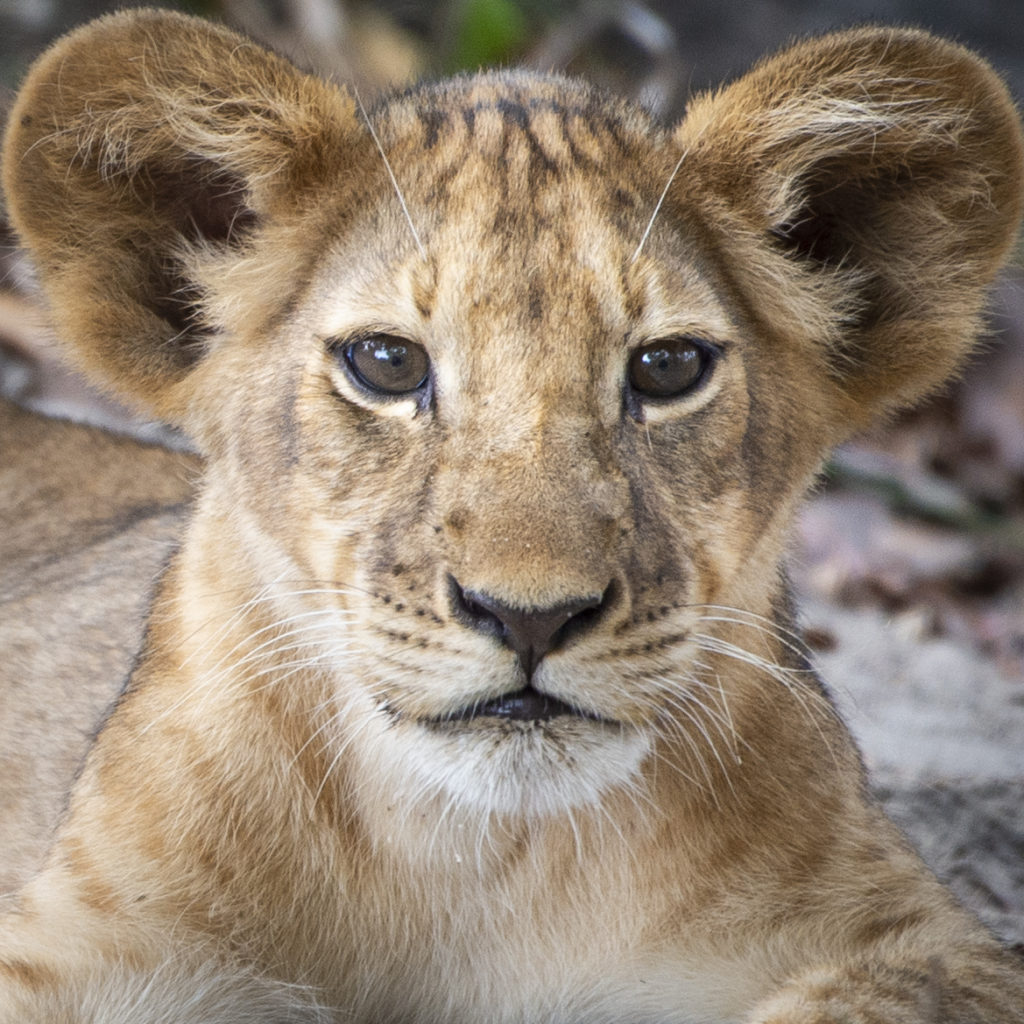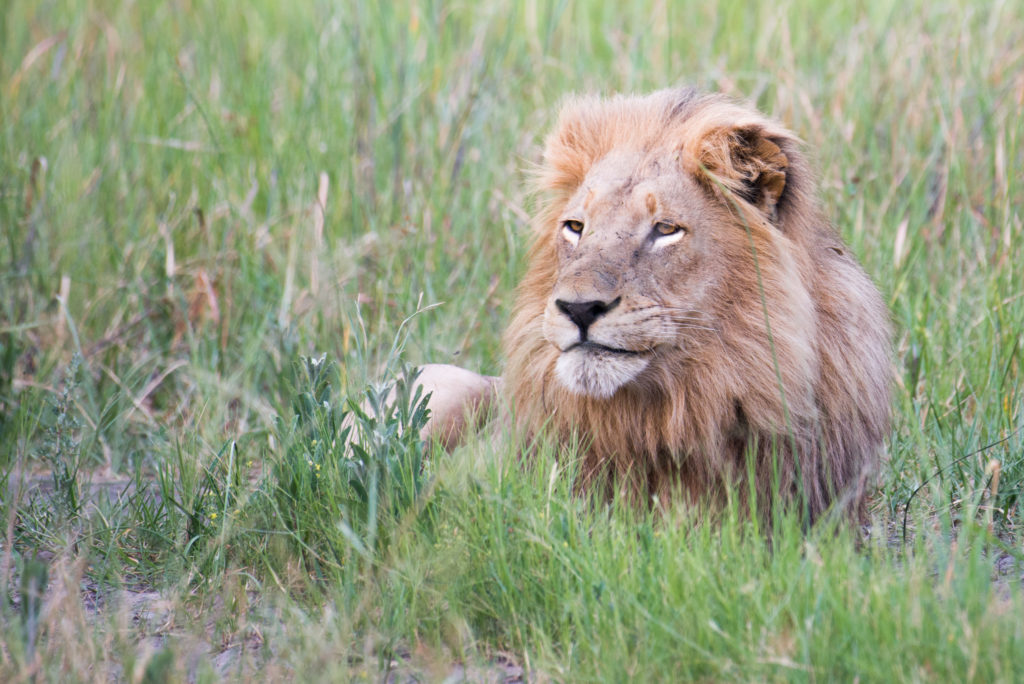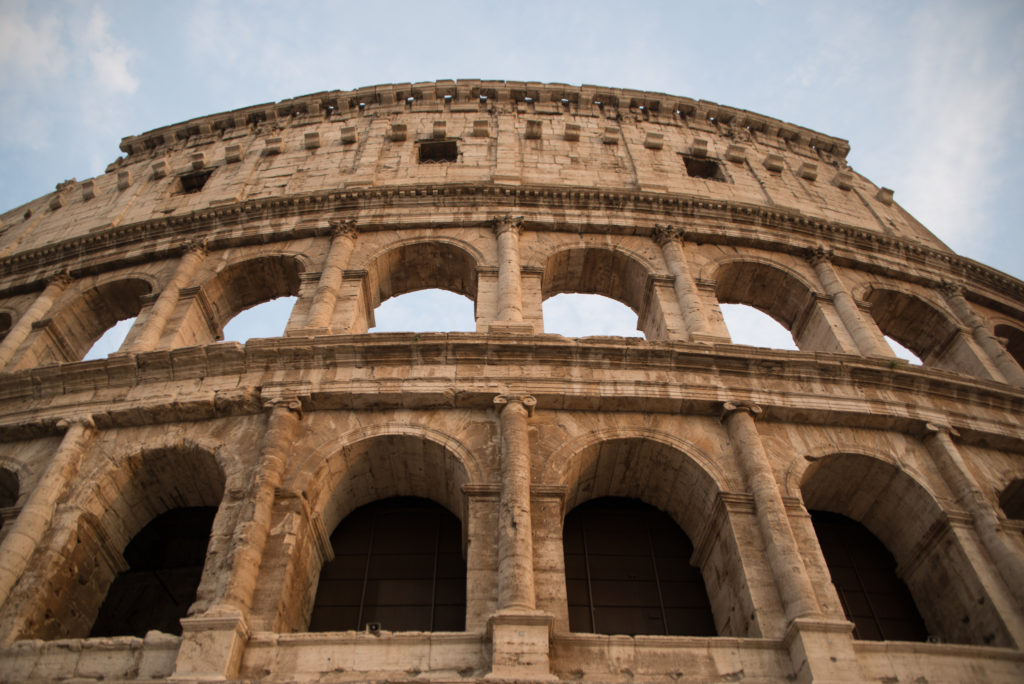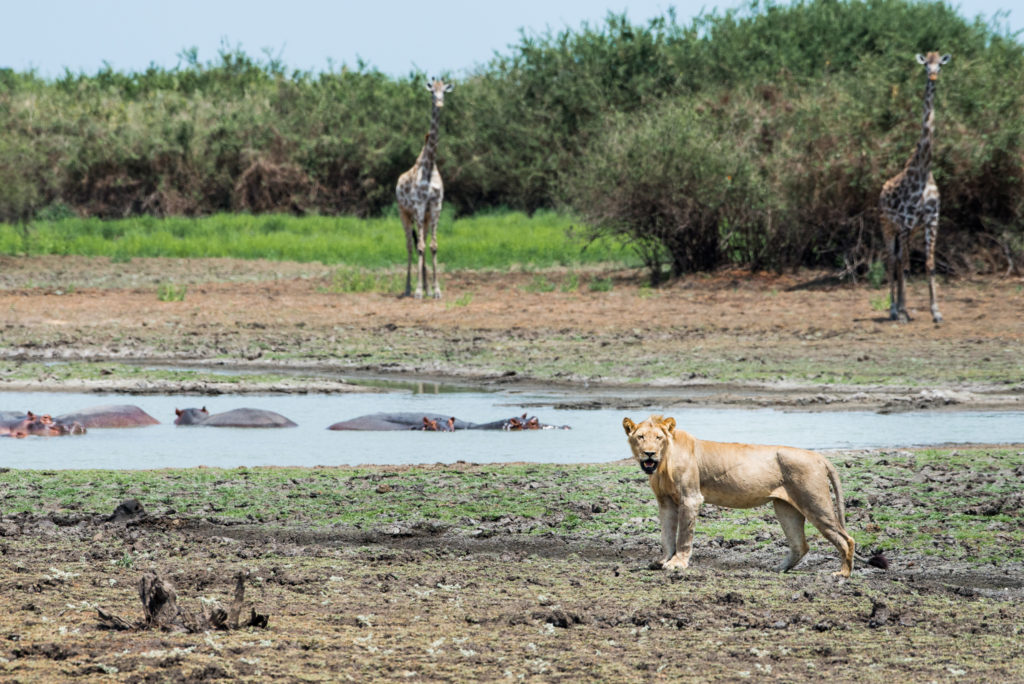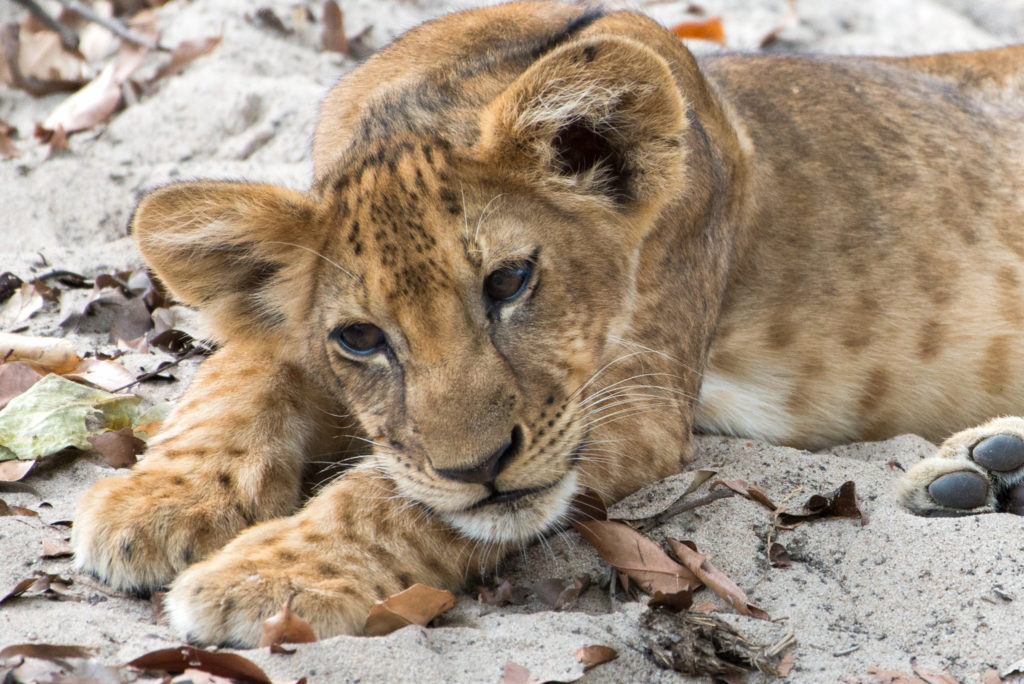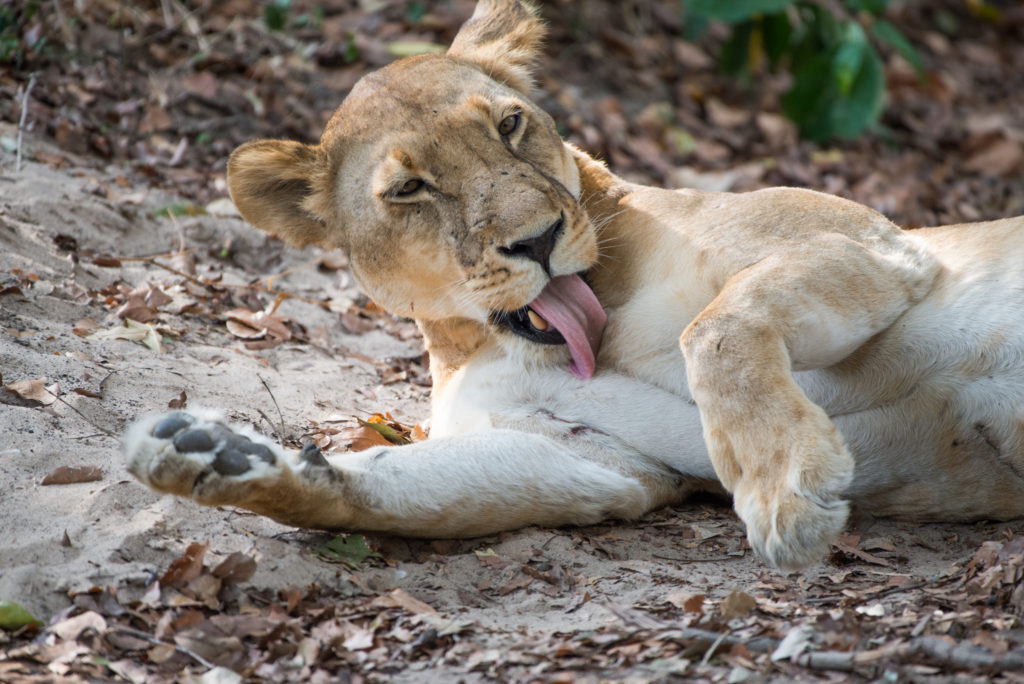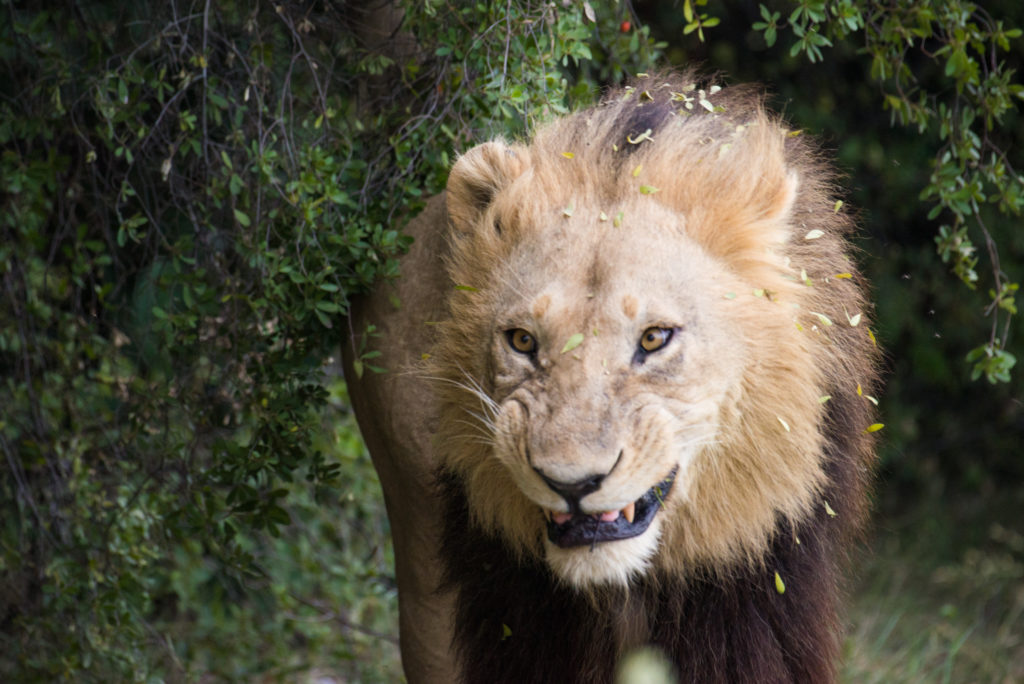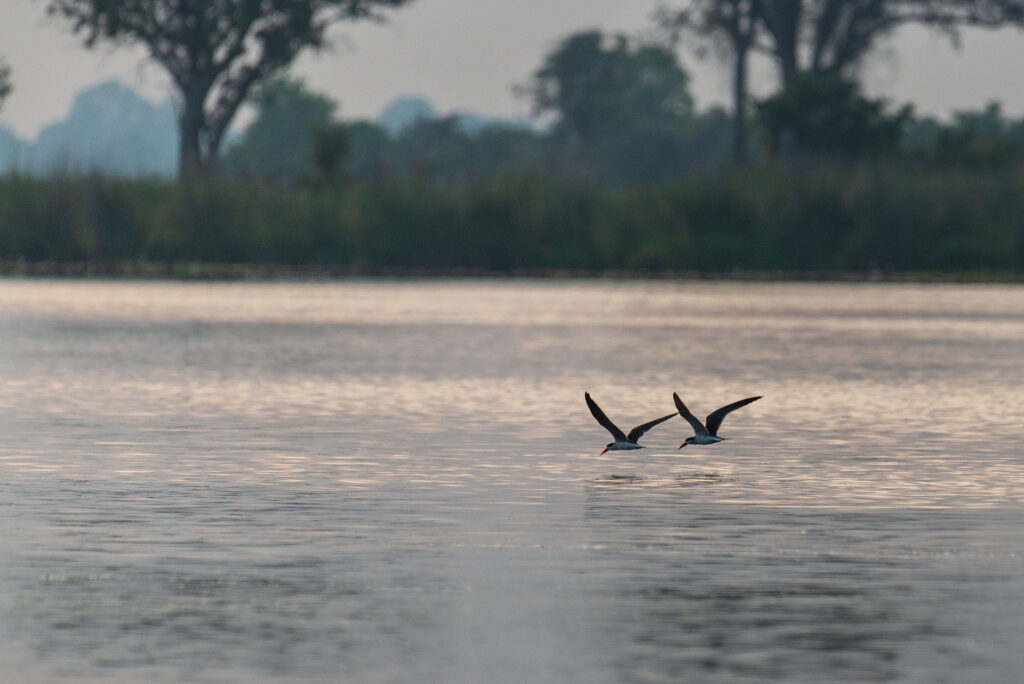
Humanity arose from the African savannas. As frequent lightning struck and set the grasslands in flames, homo erectus, a split-off from the ape lineage, learned how to control fire. The easily digestible calories from cooked meat were a tremendous advantage over competing species, like the chimpanzees and bonobos. Homo erectus started walking on their hind legs, which freed their front legs to carry weapons, and bounty, and their off-spring on the run. With their brain size enlarged, around 200,000 years ago, homo erectus evolved into homo sapiens. Into humans. Us. a lucky accident of primate evolution.
Like other large mammals of the savanna, the apes, wild dogs, elephants, and lions, early humans lived in highly organized societies marked by collaboration and division of labour. But at night, only the humans sat around the fire, and talked, and told each other stories. We know all this, because there are still some around who live very much like the first humans in Southern Africa: the /Xam, the Ju/’hoansi, the !Ko, the Nharo, the Heixom, the G/wi and other nomadic tribes more commonly known as San, or Bushmen. Hunters and gatherers who once travelled long distances, they are now confined to a small territory in the Kalahari desert of Namibia and Botswana, struggling to hold on to their ancient lifestyle, in tightly knit communities without chiefs or religious leaders, with a view of the world where everything is possessed by divine spirit. The San are what we once were, in the Garden Of Eden, before the Fall.
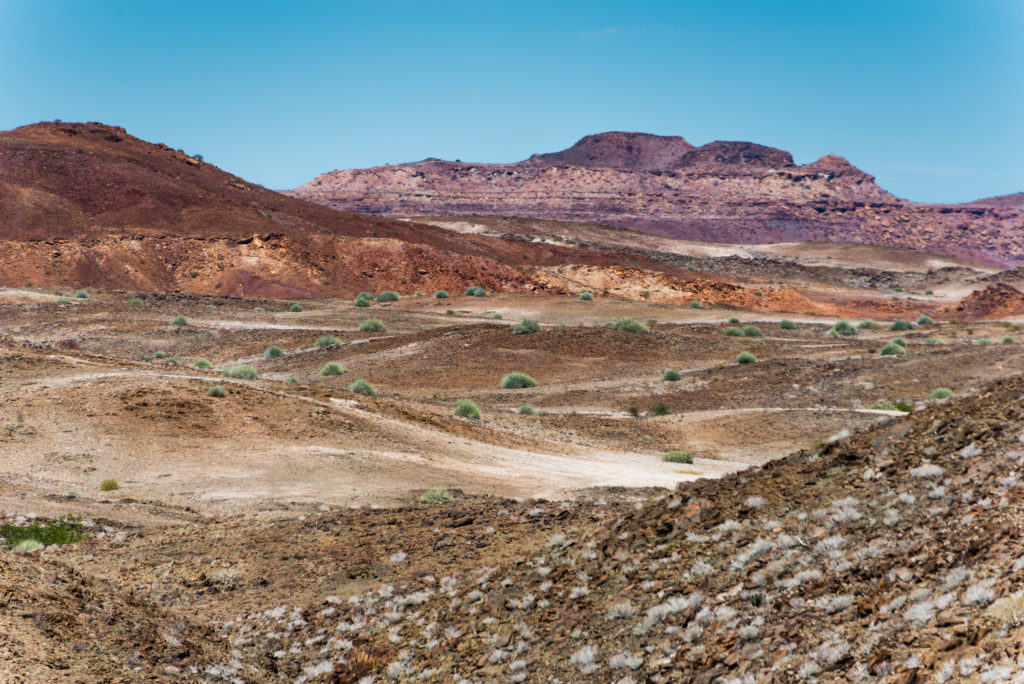
But of course, the savanna with its fierce competition among predators, with bushfires and torrential rains, never was a biblical garden Eden. And of course the San didn’t live in constant enchantment by the sprites of nature. Rather, they have been living in a state of respectfulness – granting animals the same rights as themselves, valuing nature as much as their culture; outsmarting predators and prey, knowledgeable of roots and grasses, savants of the changing skies. Quite unsentimentally, theirs was, or is, a lifestyle perfectly adapted to their environment, to the circumstance and age that age that brought about us humans: the Holocene, the Age of Mammals, which followed the Mesozoic Era, the Age of Dinosaurs. If ever there was a Garden of Eden, it was not a place, but a manner of living.
Obviously, we don’t live in this Garden of Eden anymore, but on a planet transformed by human activity, in a new age called Anthropocene. Why were we expelled from our garden Eden? Was it the original sin, as the bible says, or was it rather the combination of swift technological progress with the worst of human nature, as biologist and naturalist Edward O. Wilson said?
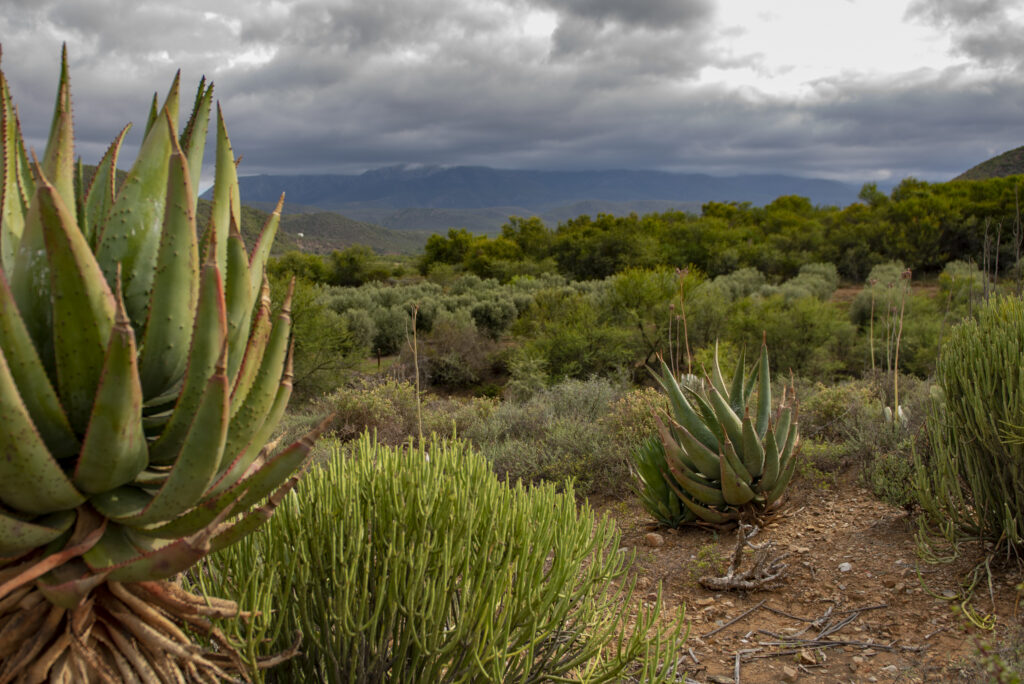
Edward O. Wilson, regarded the greatest biologist and one of the most influential scientists of the 20th century, has in his lifetime witnessed the so called sixth extinction, the alarming rate of extinction of species in the past fifty years. Half of the Earth’s living creatures, from animals and insects, are estimated to have been lost since 1971.
Biodiversity as a whole forms a shield protecting each of the species that together compose it, ourselves included. What will happen if, in addition to the species already extinguished by human activity, say, 10 percent of those remaining are taken away? Or 50 percent? Or 90 percent? As more and more species vanish or drop to near extinction, the rate of extinction of the survivors accelerates…. As extinction mounts, biodiversity reaches a dipping point at which the ecosystem collapses, Wilson wrote in 2016
Humanity as a species is perfectly adapted to excel in the Holocene, the biosphere and biodiversity of the past 200,000 years. In the Anthropocene, though, we find ourselves as vulnerable and helpless as we would have been in the Mesozoic period: an evolutionary cul-de-sac, easy to prey to a T.Rex called rising sea levels, or draughts and deluges, shortness of food, and water, and oxygen.
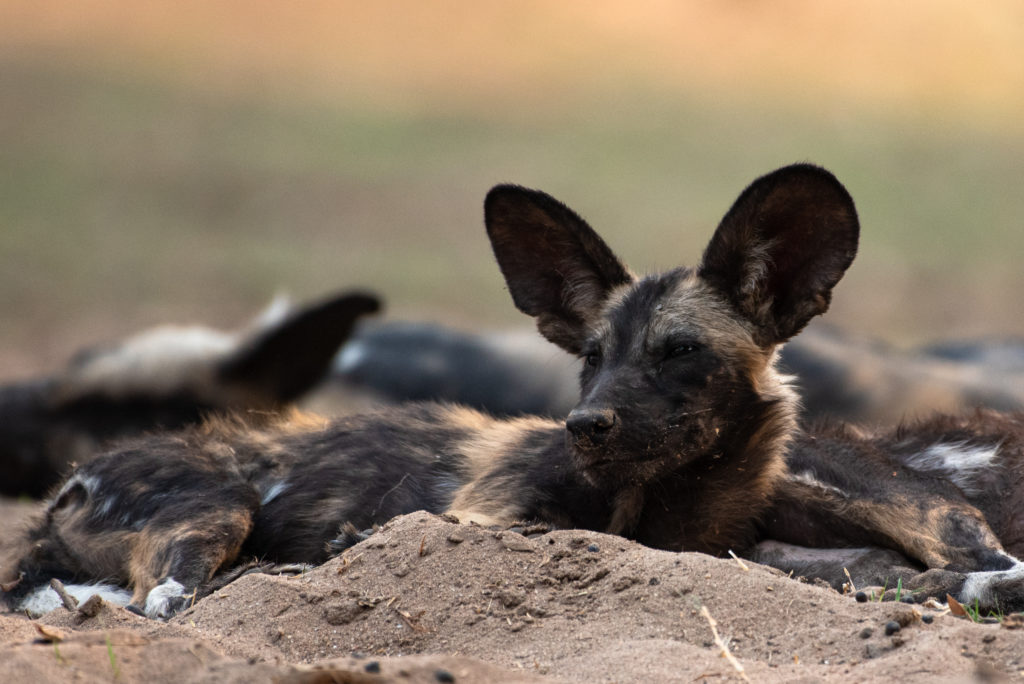
Be fruitful and increase in number; fill the earth and subdue it. Rule over the fish in the sea and the birds in the sky and over every living creature that moves on the ground, so the bible said. Consequently, there are very few places on this world left intact, free from human impact. Farmland and pastures displace natural forests and habitats. Oceans are void of fish, as air pollution blankets the planet, plastic swamps the waters, and debris lies scattered in the remotest places. It’s become an impossibility even to find a place free from human noise, or free from light pollution. Climate collapse, a direct consequence of extraction and burning of petroleum and carbon, has irreversibly altered temperature and weather patterns.“We thrash about, appallingly led, with no particular goal other than economic growth and unfettered consumption,” Wilson writes.
Of all the mammals on Earth, 96% are livestock and humans, only 4% are wild mammals. Farmed poultry makes up 70% of all birds on the planet, with just 30% being wild. The recently-updated Red List issued by the International Union for the Conservation of Nature classified 19,625 of the currently recognized 59,508 species as threatened.
“It’s only in the past fifty years or so that children have been brought up to think chickens come from the supermarket and Nature is a TV show. As with so many things, what we don’t know may kill us, and what we seem not to know right now is that without a functioning biosphere (clean air, clean water, clean earth, a variety of plant and animal life) we will starve, shrivel, and choke to death.” Wilson said in a talk with poet Robert Haas.
Edward O. Wilson fears we have already entered the next age, for which he has already coined a name: the Eremocine, the Age of Loneliness; a single species left in the world, having lost touch with nature.

There are still a few intact places – not untouched, but habitats free from obvious signs of human activity. These places, such as remote forests in South America, the Congo Basin, or New Guinea make up less than five percent of the Earth’s land mass. In his book “Half Earth”, Wilson demands that half of the planet is restituted to nature as wildlands, for our own sake: to regenerate the biodiversity and biosphere we humans need to survive.
Only a major shift in reasoning, with greater commitment given to the rest of life, can meet this greatest challenge of the century. Wildlands are our birthplace. Our civilizations were built from them. Our food and most of our dwellings and vehicles were derived from them. Our gods lived in their midst. Nature in the wildlands is the birthright of everyone on Earth. The millions of species we have allowed to survive there, but continue to threaten, are our phylogenetic kin. Their long-term history is our long-term history. Despite all our pretensions and fantasies, we always have been and will remain a biological species tied to this particular biological world.

About 50,000 years ago, an earthquake caused the Okavango River in Southern Africa to crack up and spill into the Kalahari Desert. Thus, in the middle of one of the planet’s driest and loneliest regions, a lush fresh water oasis was created: The Okavango Delta, situated in nowadays Northern Botswana, is one of the world’s largest and last pristine ecosystems. The Delta is home to the Ba’Yei, descendants of the San, who have inhabited the Delta for centuries without impacting its ecological integrity, and to many endangered species according to IUCN, such as giraffes, Ground Hornbills, Wild Dogs, Rhinceros, Lions, to name but a few, and the world’s largest population of elephants. In 2013, the Okavango Delta was declared one of the Seven National Wonders of Africa, in the following years, 2014, UNESCO World Heritage Site, recognizing its “outstanding value to humanity.” It is in fact so naturally beautiful, it’s been dubbed the Garden Of Eden.
In January 2021, the Canadian oil and gas exploration company Reconnaissance Energy Africa started drilling inside a protected wildlife area in northeastern Namibia. ReconAfrica, has acquired exploration licenses valid until January 2023, which cover more than 21,000 square kilometers near the Okavango River. Although the Okavango Delta does not lie within the leased area, it will likely be affected. Pollution from oil and gas drilling – despite ReconAfrica’s contradicting claims – is inevitable, as experience has proven. Once the Okavango River is contaminated, pollution will accumulate in the Okavango Delta, as it has no outlet to the sea.
The drillings come on top of other threats. After years of scant rainfalls, and with commercial water use by farms in Namibia and Angola increasing, water has become scarce, and the Okavango’s water levels have fallen to an all-time low.
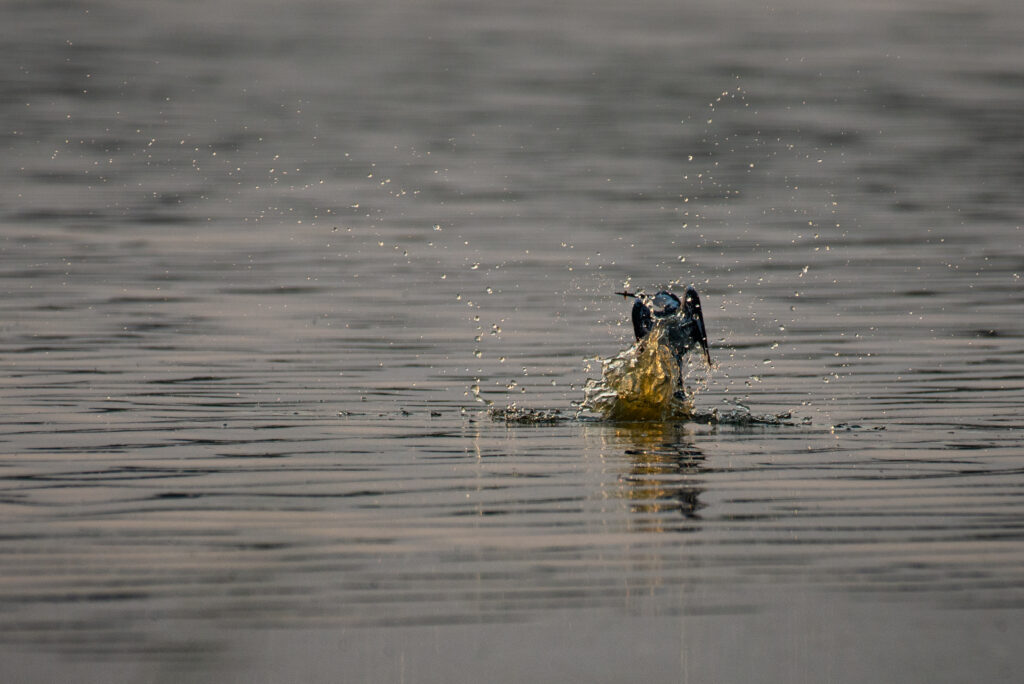
As any pollution to the Okavango River would directly impact the ecosystem of the Okavango Delta, it would affect not only the Ba’Yei. The delta is the main source of water for the region. The livelihood of the San people of the entire Kalahari is under threat. Another paradise lost.
The world ends twice, Wilson wrote in “Half Earth”, Humanity started with fire, with social gatherings around the campfire 200,000 years ago, with stories told and re-told. And it will end in deadly loneliness – with a second, a final expulsion from the Garden of Eden. Welcome to the Misanthropocene.
“We should forever bear in mind that the beautiful world our species inherited took the biosphere 3.8 billion years to build. The intricacy of its species we know only in part, and the way they work together to create a sustainable balance we have only recently begun to grasp. Like it or not, and prepared or not, we are the mind and stewards of the living world. Our own ultimate future depends upon that understanding. We have come a very long way through the barbaric period in which we still live, and now I believe we’ve learned enough to adopt a transcendental moral precept concerning the rest of life. It is simple and easy to say: Do no further harm to the biosphere.”
Edward O. Wilson passed away on December 26th 2021 at the age of 92. You can join the call for a moratorium of ReconAfrica’s drillings here

